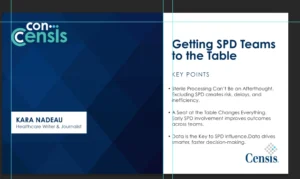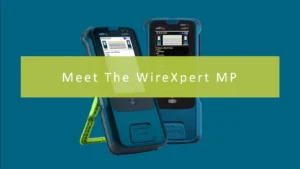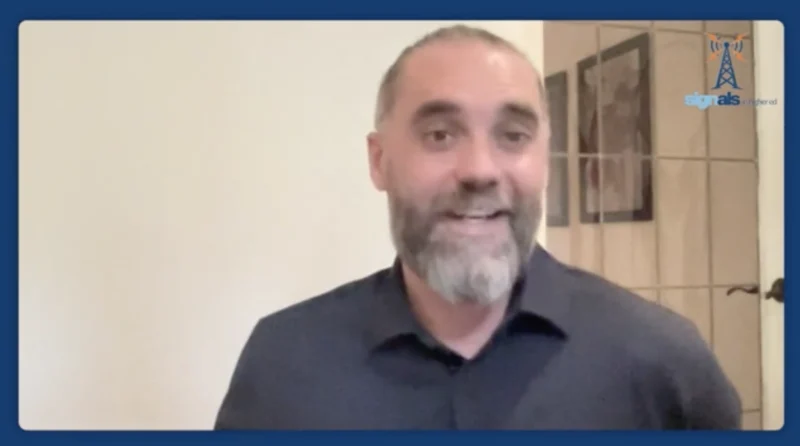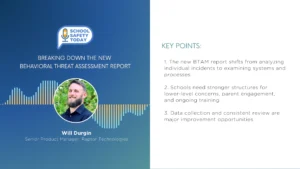Summit K12: The Power of Student Choice Reading Programs
Roni Burren, President of TCTELA, is a self-professed lover of books, children, and justice. She is a longtime K12 educator and current adjunct professor at the University of Houston. She spoke with JW Marshall about her role as president of the Texas Council of Teachers of English Language Arts and its focus on supporting ELA teachers through student choice reading initiatives.
In between year-round brainstorming conferences, the TCTELA recommends books for teaching reading at every level within K-12 classrooms. Supporting student choice in reading is an essential part of this work. Burren said the concepts on student reading have evolved, and telling students, ‘These are the books we’re reading,’ case closed is no longer the best teaching strategy.
“Over time, what people started to see was kids who became livelong readers were kids who were able to choose the books they wanted to read,” Burren said. “They had this steady diet of choice.” Research shows that when students have regular exposure to reading choices, they are more accepting of required reading assignments.
“What we also see with student choice is that students are reading more, and that’s the goal, right?” said Burren. “When students are reading often, they are exercising their reading muscle, and because they are reading what they like, they can get through those more complex texts. And that’s what we want to see,” said Burren.
One common barrier Burren mentioned is hesitancy on the part of teachers to have a classroom library containing books they haven’t read. “Teachers are apprehensive because they think they need to have read all the books in their classroom library to encourage students to read independently, and that’s just not the case,” Burren said.
Teachers don’t need to have read a book to ask students questions about it. A good teacher can tell a fake read from an actual read. “If we ask the right questions, we can assess whether or not students are reading.”








